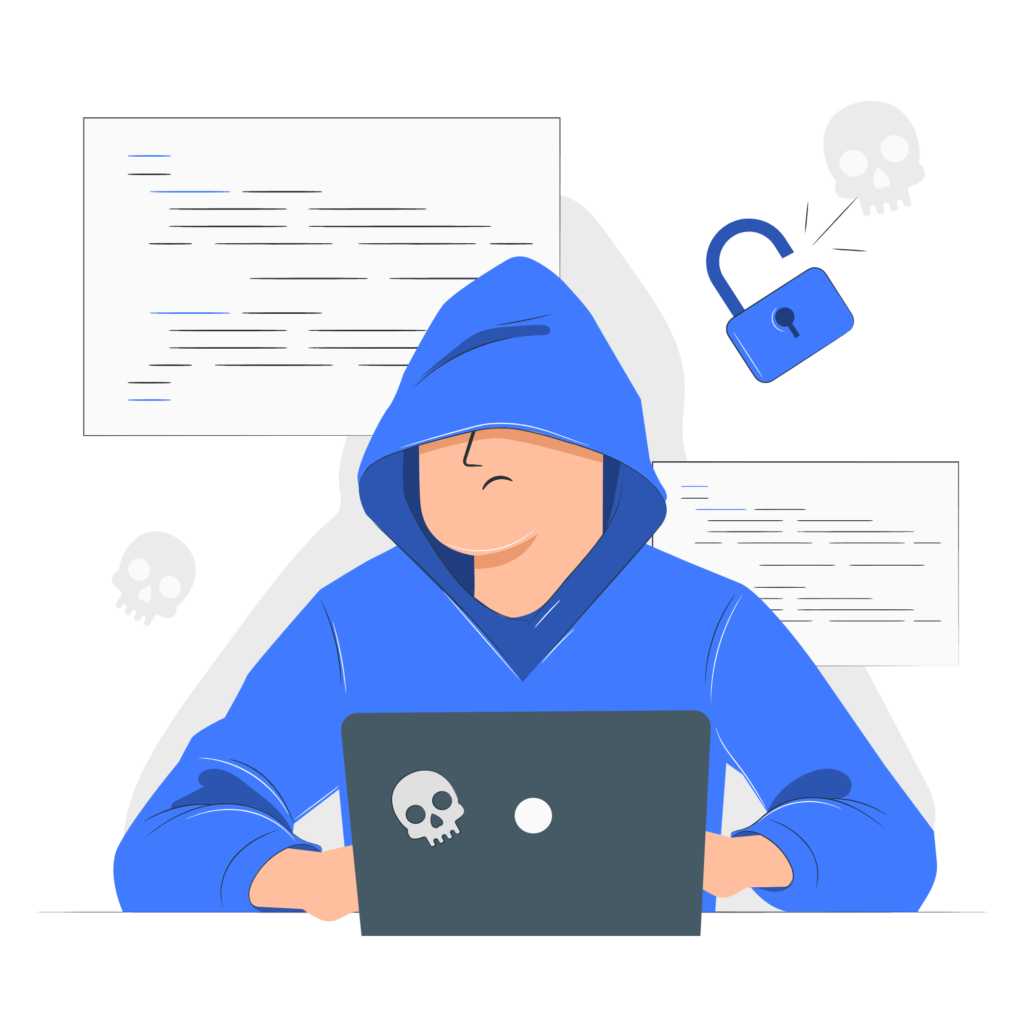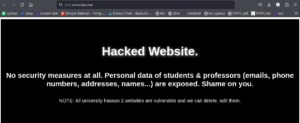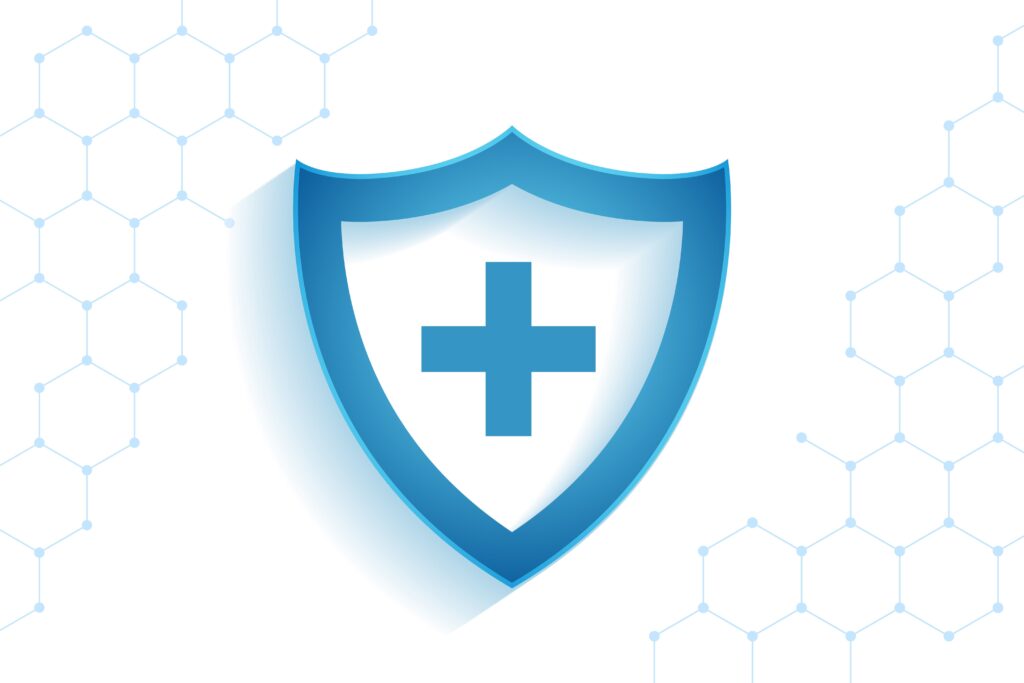Dark Web Data Breach: What Happens to Your Data After a Breach?
A dark web data breach exposes sensitive information to cybercriminals who exploit it for profit. With breaches becoming more frequent, stolen data often lands on the dark web—a hidden part of the internet where illegal activities thrive.
This guide uncovers how breached data is traded on the dark web and offers practical steps to protect your information.

What Is a Dark Web Data Breach?
A dark web data breach occurs when hackers steal personal or corporate data and sell it on hidden marketplaces. Accessible only through special browsers like Tor, the dark web hosts:
- Stolen credit card numbers and passwords.
- Hacked corporate accounts.
- Tools for cybercrime, like malware and phishing kits.
How Does Your Data End Up on the Dark Web?
Hackers obtain data through breaches at businesses, governments, or other organizations. Stolen information often includes:
- Login credentials (emails and passwords).
- Payment card details.
- Personal identifiers like Social Security Numbers (SSNs).
The Dark Web Economy: How Breached Data Is Used
Data stolen in a dark web data breach has various uses:
- Bulk Data Sales:
Hackers sell email-password combinations, credit card details, and personal data. For example:- Login credentials: $10–$50 per thousand accounts.
- Credit card numbers: $20–$100 each, depending on balance.
- Identity Theft:
Fraudsters use stolen data to create fake identities, enabling them to open accounts or commit other forms of fraud. - Corporate Espionage:
Hacked business accounts or sensitive files are sold to competitors or malicious actors.
The Impact of a Dark Web Data Breach
The consequences of a dark web data breach include:
- Identity Theft: Criminals misuse stolen data to commit fraud, such as applying for loans.
- Financial Loss: Unauthorized transactions and fraudulent charges harm victims.
- Targeted Scams: Breached email addresses lead to phishing campaigns, tricking victims into providing even more data.
How to Protect Yourself from Dark Web Data Breaches
To secure your data from exploitation, follow these steps:
- Use Strong, Unique Passwords:
Weak passwords make you vulnerable. A password manager can help generate and store secure credentials. - Enable Multi-Factor Authentication (MFA):
MFA adds a layer of security, preventing unauthorized access even if passwords are leaked. - Monitor for Breaches:
Use tools like Have I Been Pwned or dark web monitoring services to detect if your information has been exposed. - Beware of Phishing Scams:
Verify links and emails before clicking. Phishing is a common follow-up to dark web breaches.
What to Do If Your Data Is Found on the Dark Web
If a dark web data breach compromises your information:
- Change Passwords: Update all compromised accounts with strong, unique passwords.
- Freeze Your Credit: Prevent new accounts from being opened in your name.
- Monitor Financial Activity: Watch for unauthorized transactions on bank accounts and credit cards.
Stay Ahead of Dark Web Threats
Protecting your data from dark web threats starts with understanding the risks. Take action today to stay secure!





